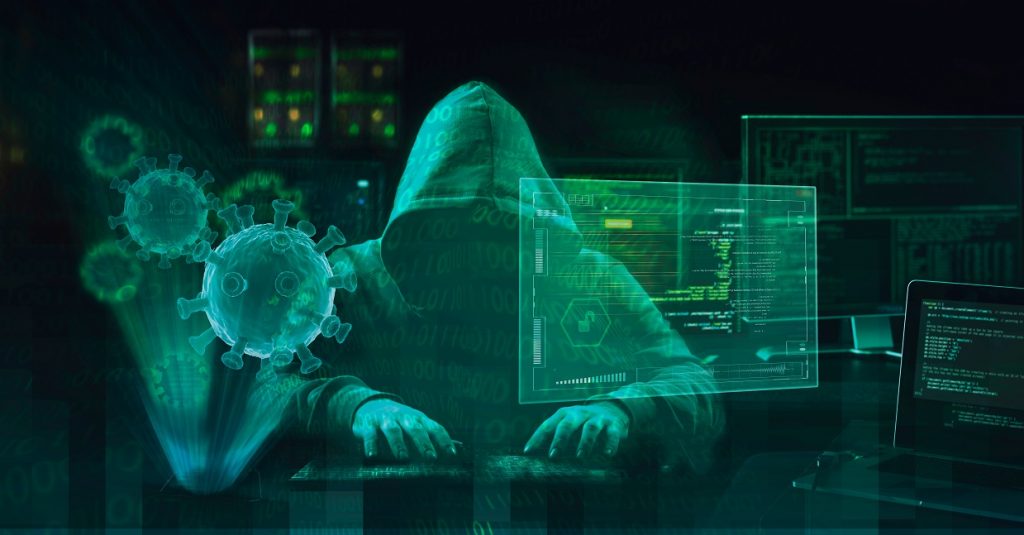Technology is enriching our enterprises, but it could also be the death of them. Coronavirus-related work from home initiatives have led to the exchange of business information via unsecured or under-secured home computer networks and systems. Some departments, such as finance and human resources, are especially vulnerable to emerging cyber threats.
The number of cyber threats zipping across the web is growing. The volume increased by 667% between February and March of this year. Is your organization taking adequate measures to protect both employees and organizational resources?
Read on to learn about winning strategies that can help organizations block digital attacks.
- As an organization, invest in a cyber security architecture with threat extraction, threat emulation, artificial intelligence, and malware identification. These infrastructure features can clean files, and detect downloadable threats, facilitating the safe delivery of emails and files to employees. They also enable IT teams to see the types of attacks targeting an organization, and to develop appropriate in-depth defense plans.
- Close security gaps by implementing zero-trust policies. This form of network segmentation reduces the risk of a cyber criminal accessing sensitive information via stolen credentials or lateral movement. Thought leaders have developed zero trust tools for networks, workloads, people, devices, data, and more. Reorganizing a system around zero trust techniques and technology can prove challenging, but cyber security vendors can help with this endeavor.
- To protect workloads, equip employees with virtual private networks (VPNs) and/or session description protocols (SDPs). VPNs encrypt users’ data as it travels across a network, meaning that it’s invisible to hackers. SDPs hang onto information about files or videos sent across a network, enabling IT departments to better visualize who or what is on the system and to determine how to block corresponding attacks.
As an employee, there are plenty of steps that you can take to secure your remote working environment. This must-know information will help you ensure that your devices aren’t at the center of a cyber scandal.
- Be sure to update your network’s security by installing the latest patches, which are designed to address known security vulnerabilities. Your system may automatically receive information about patches, or you may need to access your vendor’s website, and then manually install the patches. Hackers often try to take advantage of known security loopholes, so the sooner that you can eliminate these, the better.
- Enable multi-factor authentication. Cyber criminals routinely guess or apply popular password cracking tools to hack passwords. If any of your passwords are hacked, multi-factor authentication can potentially block a cyber criminal’s access to the corresponding account. Most consumer email account platforms and many other online platforms allow you to adjust for multi-factor authentication within the ‘settings’ tab or menu.
- Look out for suspicious phishing emails. Are you seeing emails that ask you to click on a big name organization’s URL link? Copy and paste the URL link into your browser to verify its authenticity. Domains related to coronavirus are 50% more likely to be malicious than others. If you intend to reply to the email, examine the sender’s details -such as his/her name, title and phone number- to ensure that you’re corresponding with an authentic group, or a trustworthy person, not cyber criminals.
- Employees frequently rely on personal computers for work purposes. Sometimes, this is a function of convenience, while other times, organizations or institutions are unwilling to provide employees with devices, thinking that it will save them in expenditures. If you’re using a home computer for work, connect with your organization’s IT team, and inquire about how to better protect your tech. Can the organization provide you with anti-virus software? Are there other security packages that could be applied?
For information on how to protect your mobile devices in the age of coronavirus, click here.
